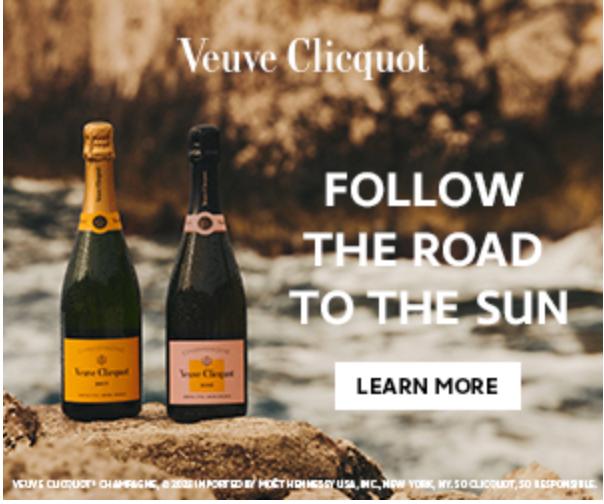Oscar Nominee Laura Linney best known for her acclaimed film roles, multiple Tony and Emmy nonimations sets her Broadway return in the new Pplay By ‘Proof’ Playwright David Auburn
Laura Linney will return to Broadway Spring 2023 in a new play by Pulitzer Prize winner David Auburn (Proof).
The Manhattan Theatre Club production of Summer, 1976
will reteam the writer with his Proof director Daniel Sullivan.
Summer, 1976 will begin previews on Tuesday, April 4, 2023 at the Samuel J. Friedman Theatre.
Additional casting, the opening night date and creative team for Summer, 1976 will be announced soon.
MTC describes Summer, 1976 as:
a “deeply moving, insightful piece…
is about connection, memories, and the small moments that can change the course of our lives. Over one fateful summer, an unlikely friendship develops between Diana, a fiercely iconoclastic artist and single mom, and Alice, a free-spirited yet naive young housewife. As the Bicentennial is celebrated across the country, these two young women in Ohio navigate motherhood, ambition, and intimacy, and help each other discover their own independence.”
Linney is a five-time Tony Award nominee, most recently for 2020’s My Name is Lucy Barton, and a four-time Emmy winner, most recently for her starring role in Showtime’s The Big C.
Sullivan and Linney have worked together on Broadway several times, including 2017’s The Little Foxes. In addition to Proof, Sullivan directed Auburn’s 2012 play The Columnist.



